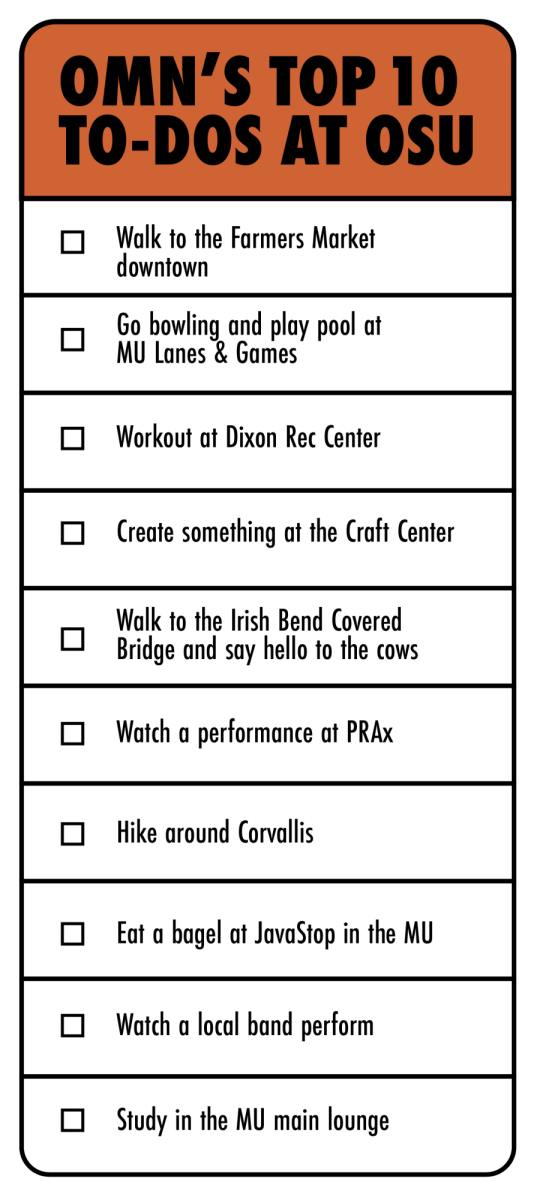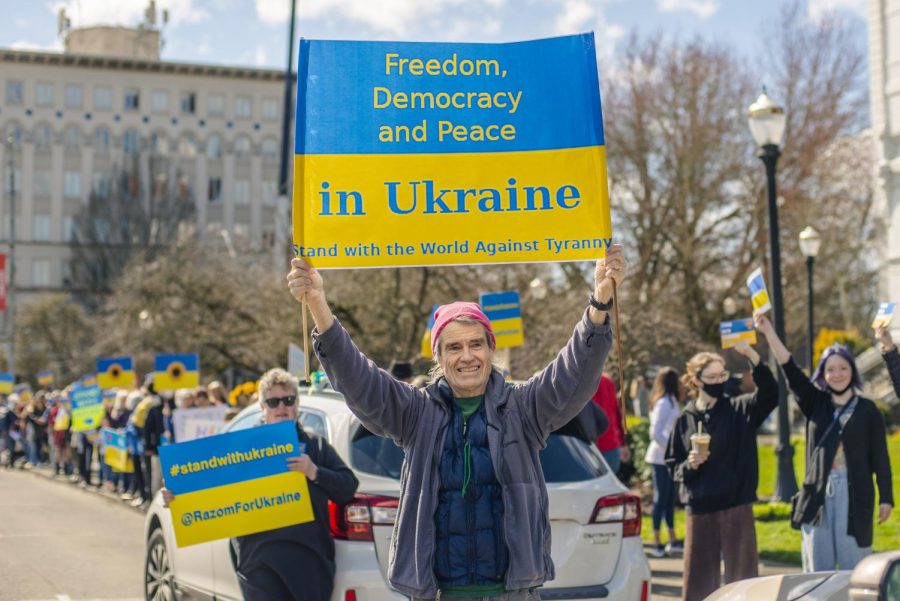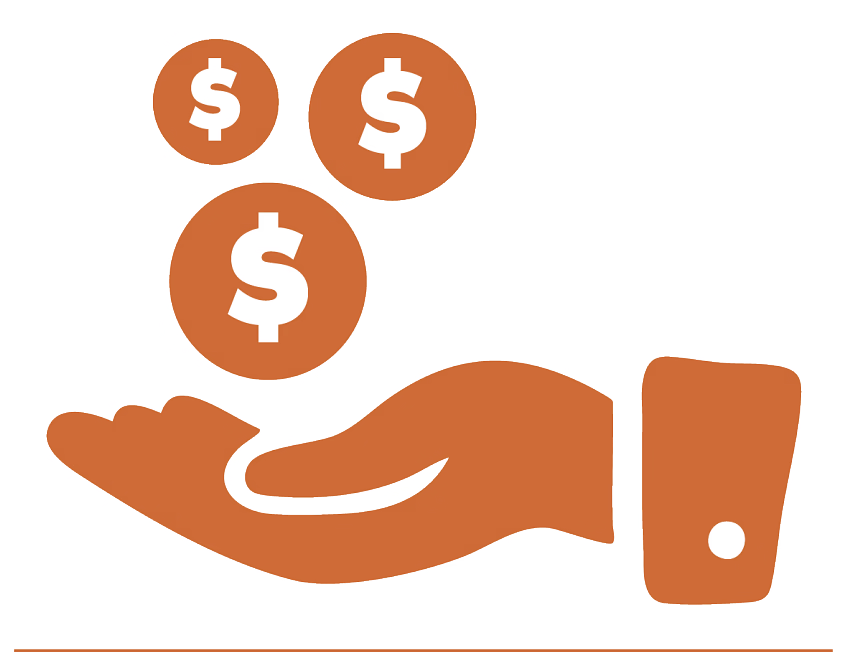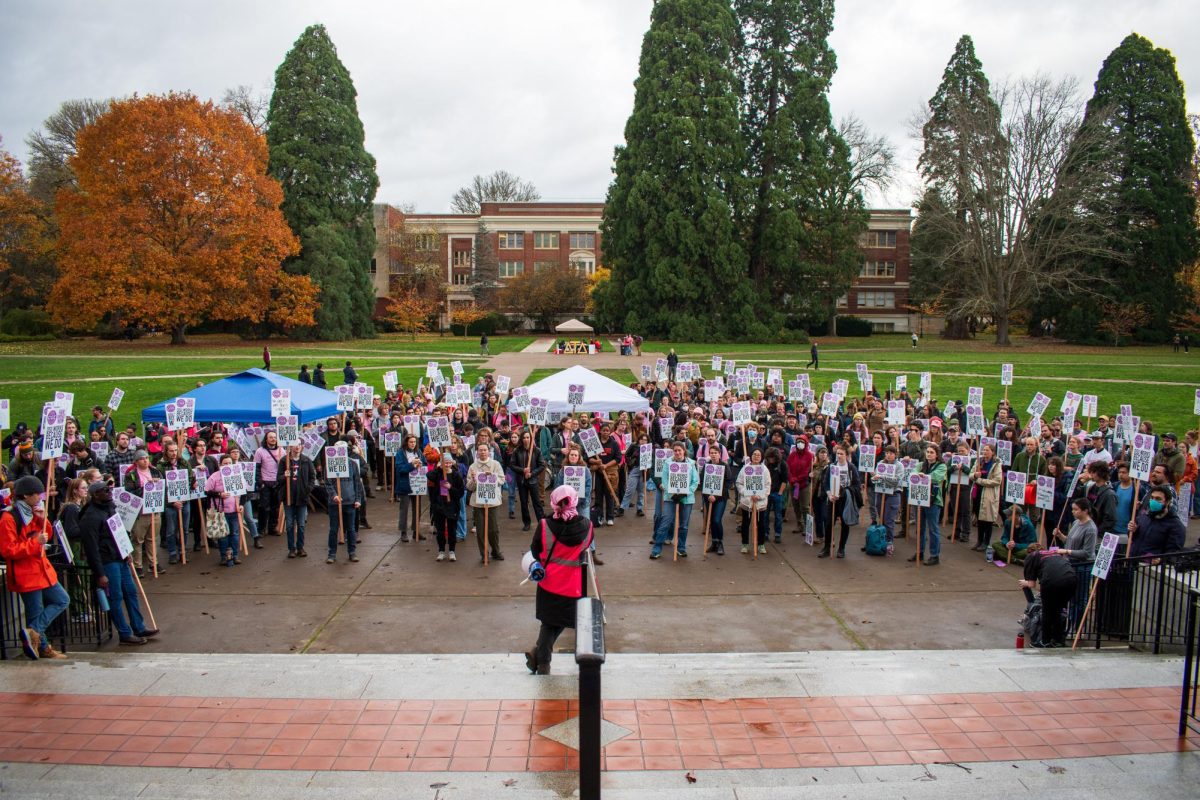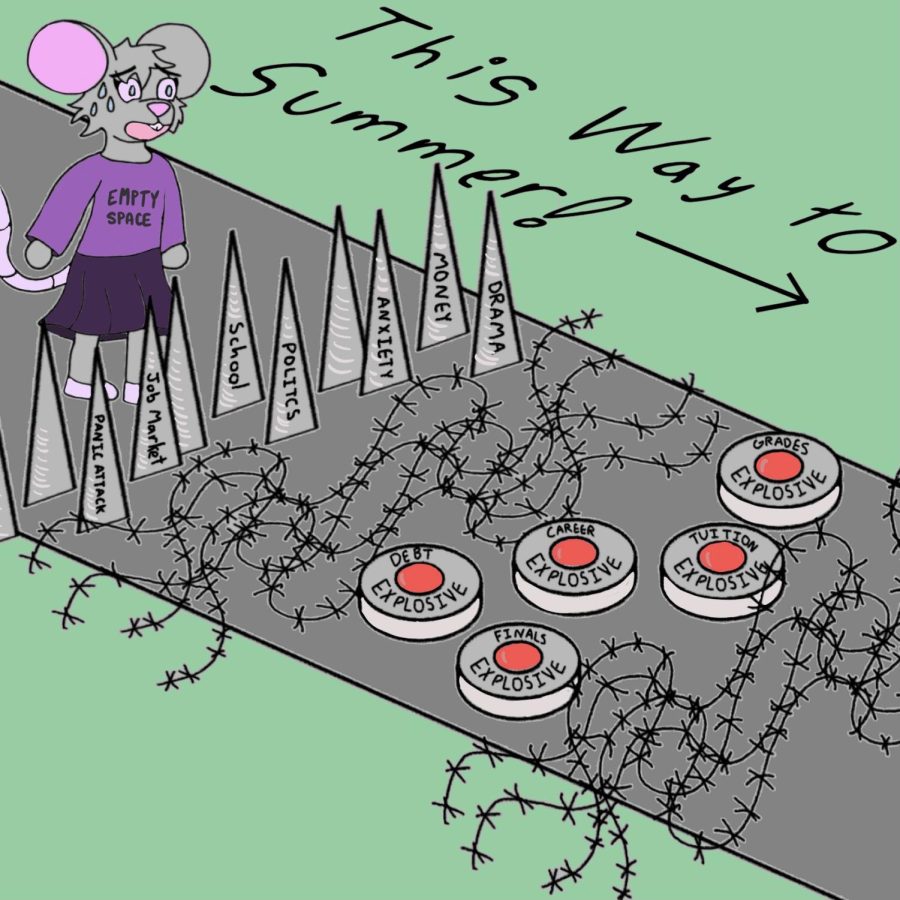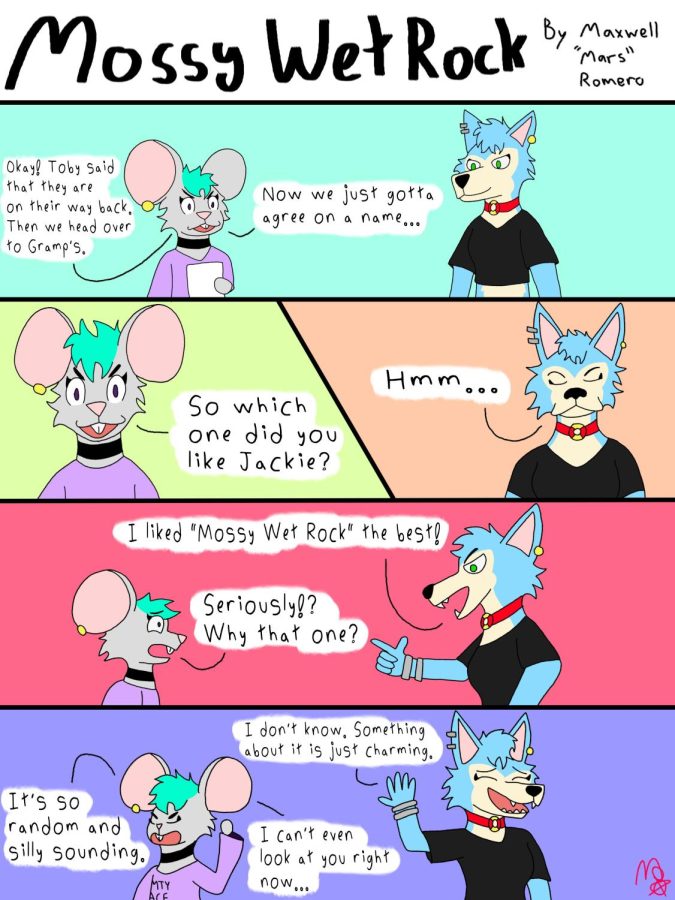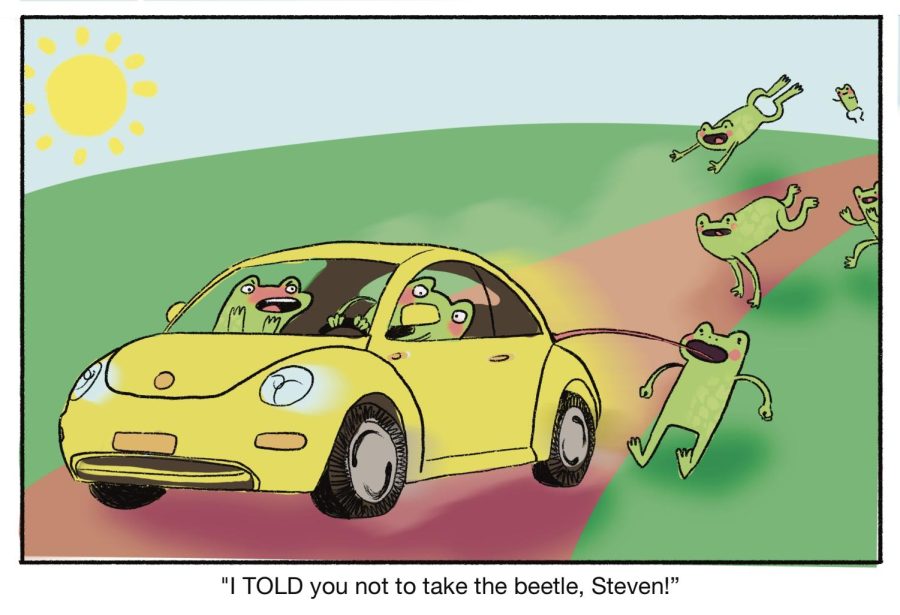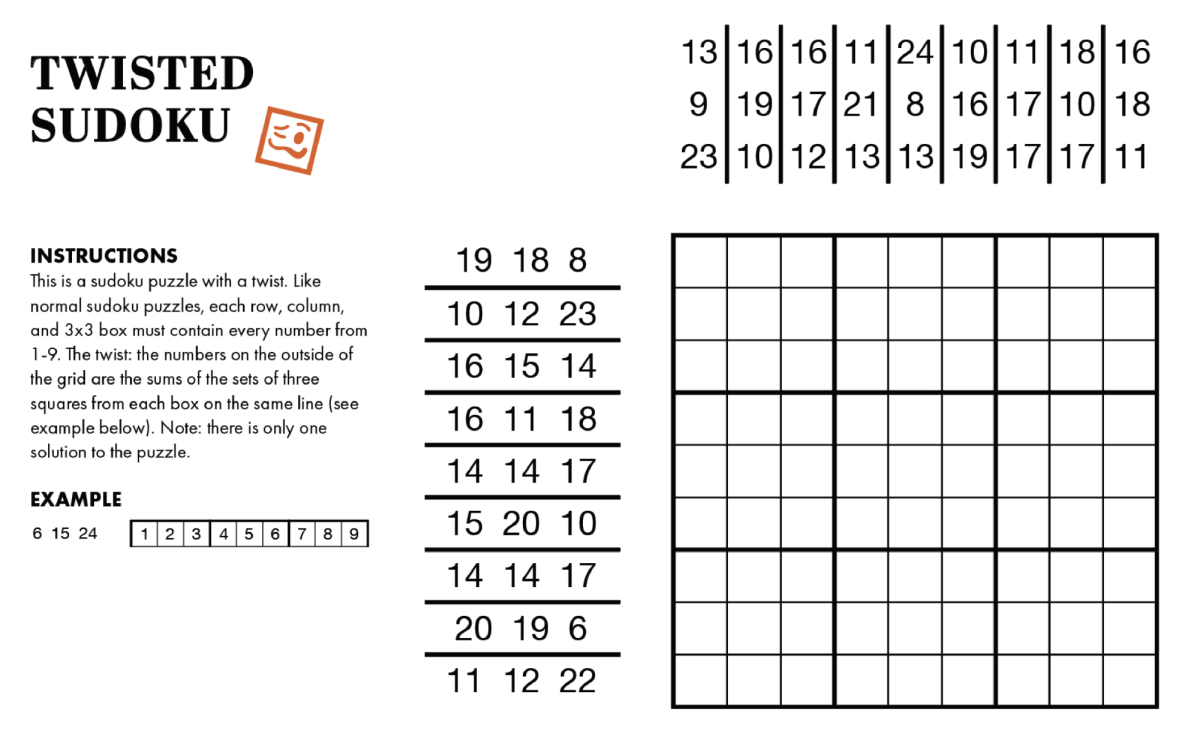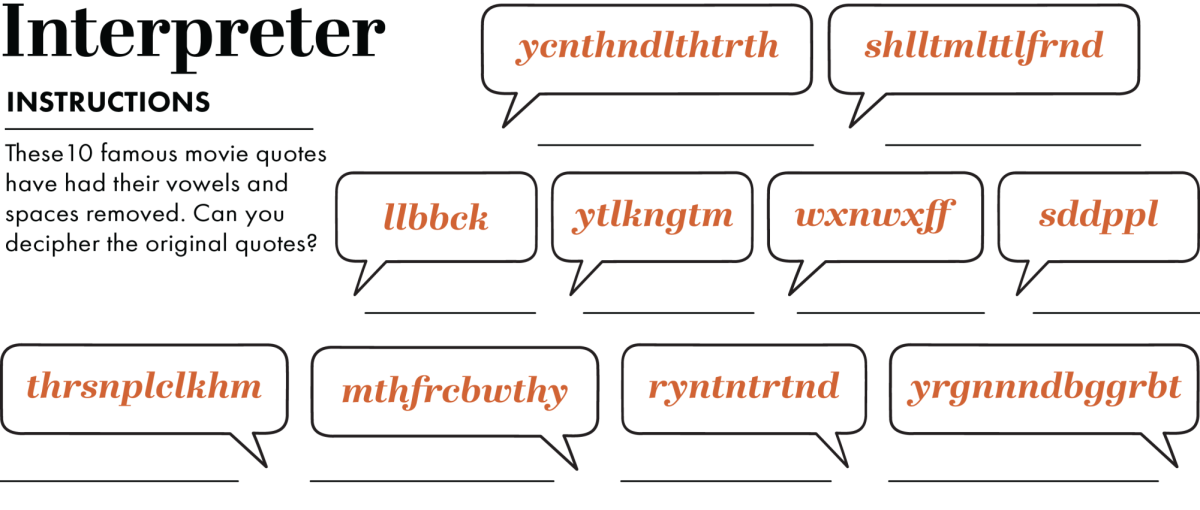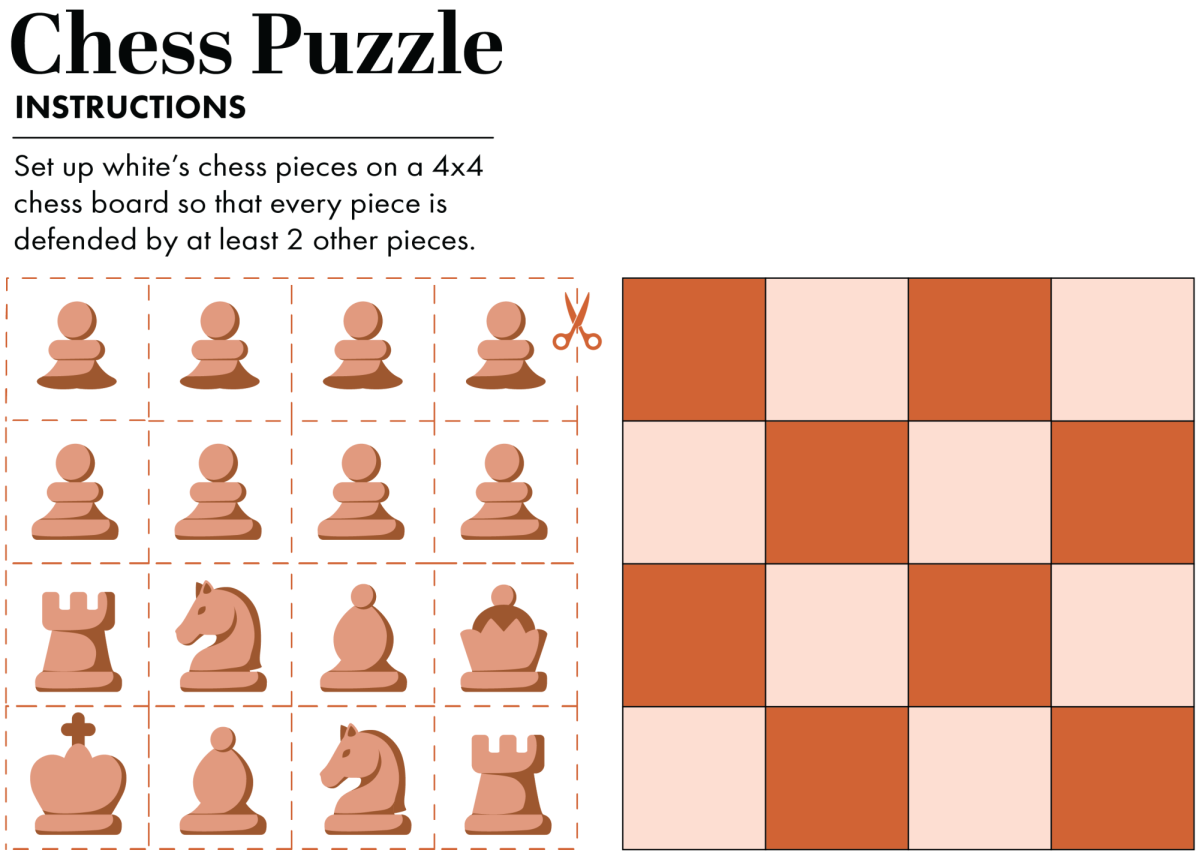November 2024 brought a contentious presidential election where roughly 81% of voters said the economy was very important to them, according to a poll by Pew Research Center.
During the campaign season and after the election, President-elect Donald Trump discussed possible economic plans for the administration. One word that was used frequently was “tariffs.”
A tariff is “a fee that’s charged by that government for that good to enter the US to be sold,” according to Patrick O’Connor, regional economist for the Oregon Employment Department. “Tariffs are a tool used in international trade and that has been the case for a long time.”
These are different from taxes even though they function almost the same. A tax comes from the country’s people in the form of income tax or property tax. Money collected from tariffs comes from different countries and is spent by the United States as it sees fit.
The last time tariffs were raised was in 2019 by the first Trump administration. At that time, there was a tariff placed on concrete and steel.
O’Connor explained that an increase in prices of concrete or steel, for example, could increase domestic production because it would be cheaper for the consumer. This would lead to an increase in demand for more jobs to produce domestically.
It’s possible that a company could absorb the added cost of a tariff if the profit margins are large enough. However, in a competitive market, it is much harder to find a company that would absorb the tariff costs and not change their prices.
“In a normal competitive market where there’s good competition going on, you’re gonna see profits, but not necessarily what you’d look at as excessive profits. In normal competitive markets, tariffs are going to bring an extra expense and someone has to pay that, and typically that’s passed along to the consumer,” O’Connor said.
O’Connor explained that while free trade is desirable, tariffs do serve a purpose. For example, the CHIPS Act was a huge government investment to help domestic semiconductor production. Formally named the Creating Helpful Incentives to Produce Semiconductors, the act was not a tariff but provided a similar argument for protecting national security.
If a country like the United States sees a product as a national security issue, tariffs can be imposed to incentivize domestic production.
O’Connor talked about the economic theory of free trade and explained that no matter what, it provides net gains. International trade also benefits consumers as it brings products to the market at a lower price. However, even in a free trade environment, there are jobs gained in some areas and jobs lost in other areas.
Oregon has a unique experience with international trade being on the Pacific Coast. O’Connor explained that trade with Pacific Rim countries has been a priority for Oregon’s economy.
“Oregon’s economy has more international trade interest than an average state in the US,” O’Connor said. “We’re definitely not too much in the speculation business. (With) our numbers, we’re better at telling what happens after the fact. If there are a bunch of tariffs, we could check back in a year from now and look at what’s happened to the consumer price index.”


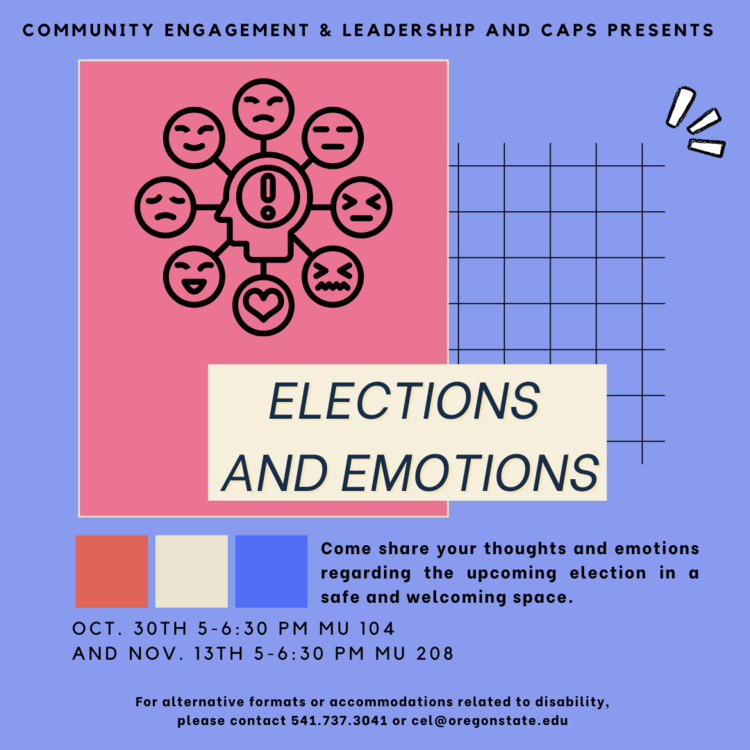
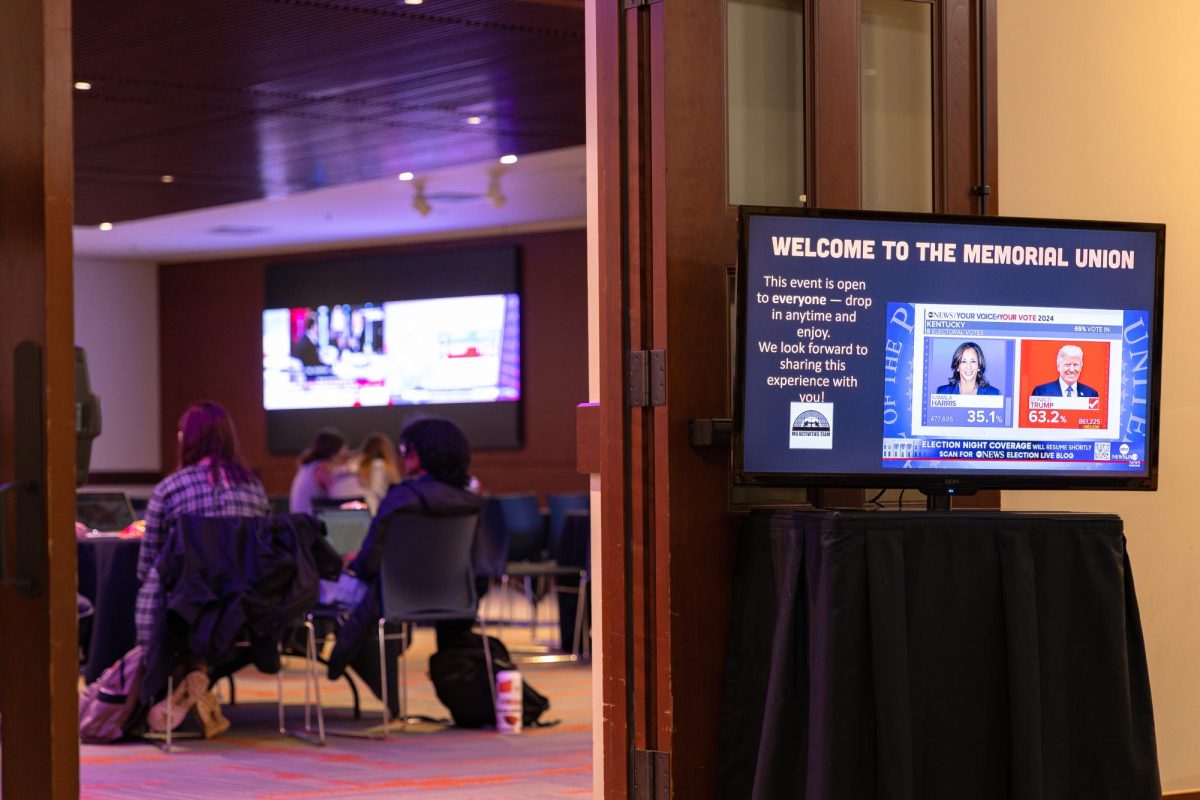


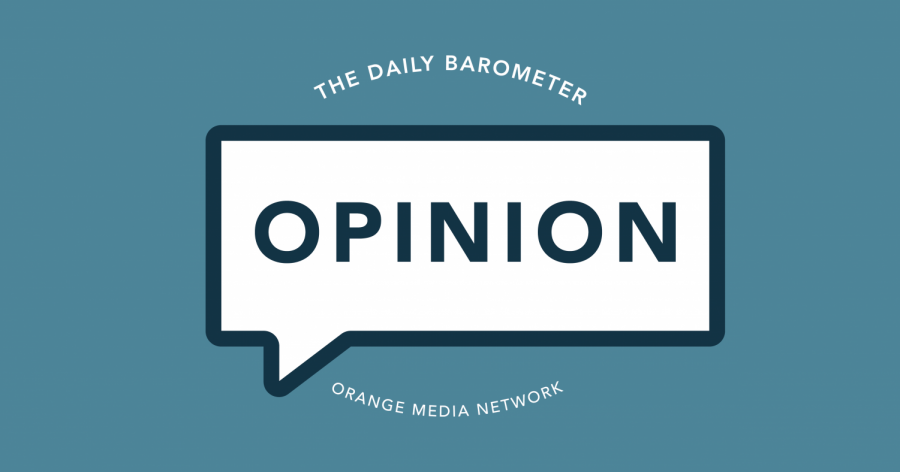
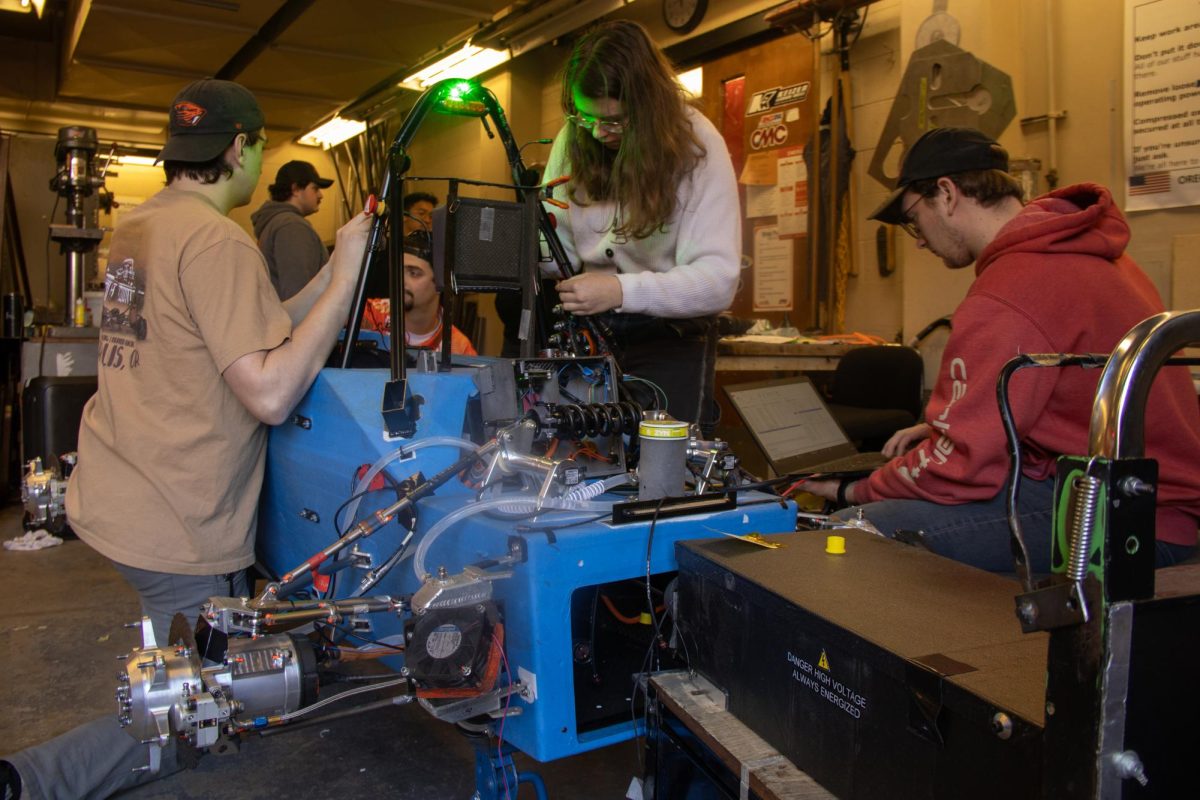









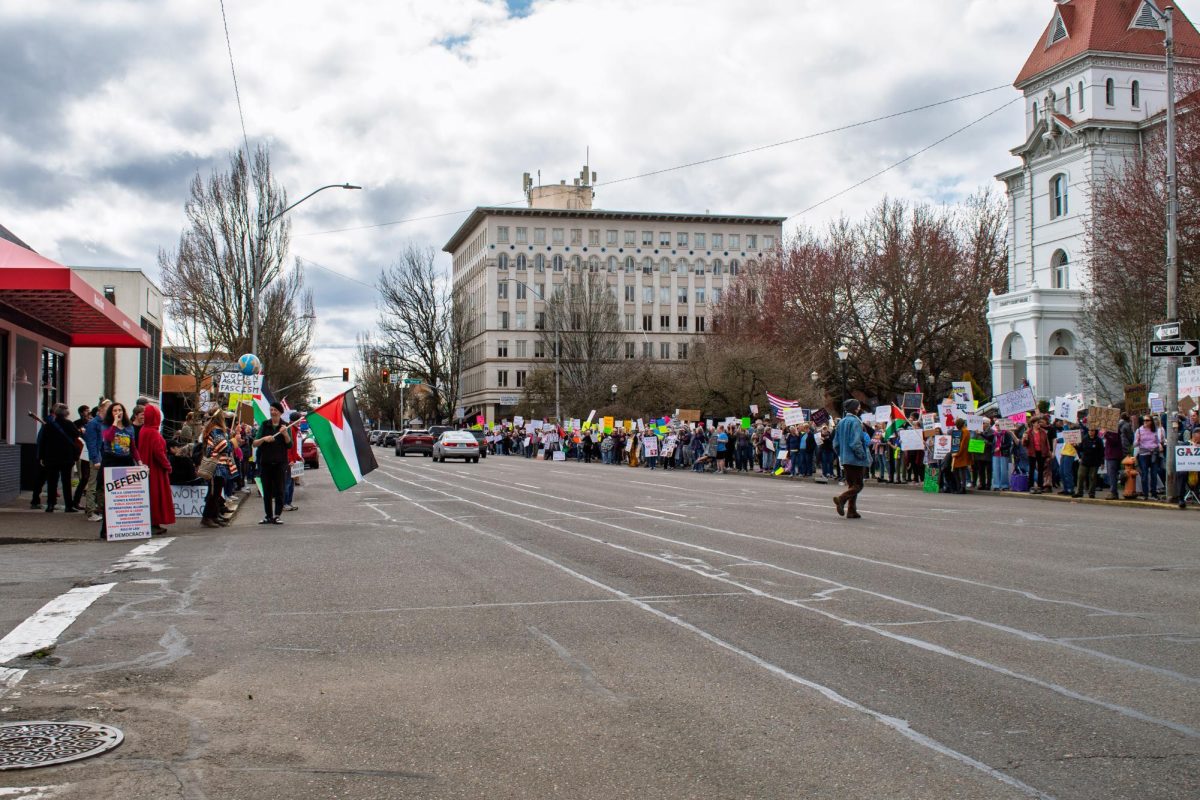


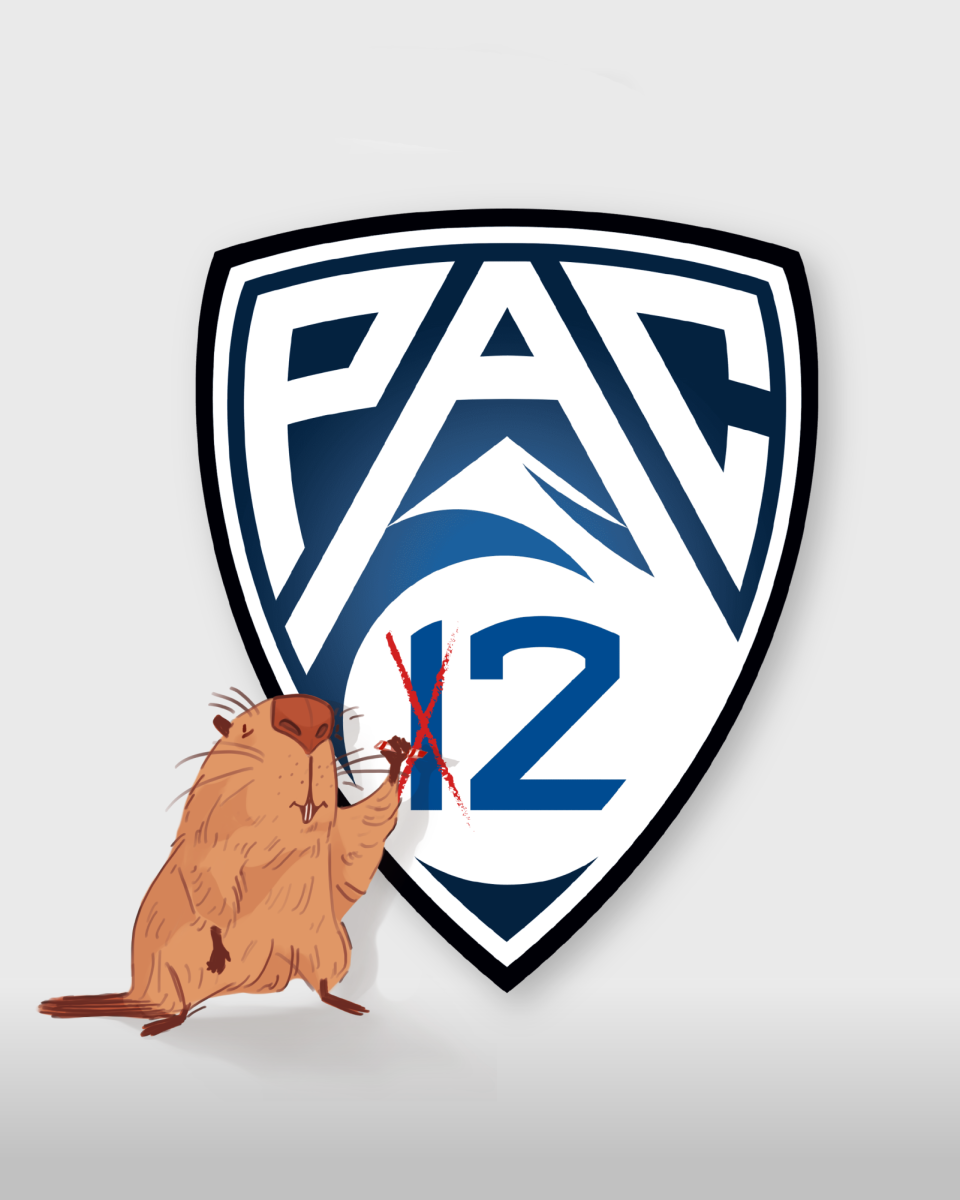

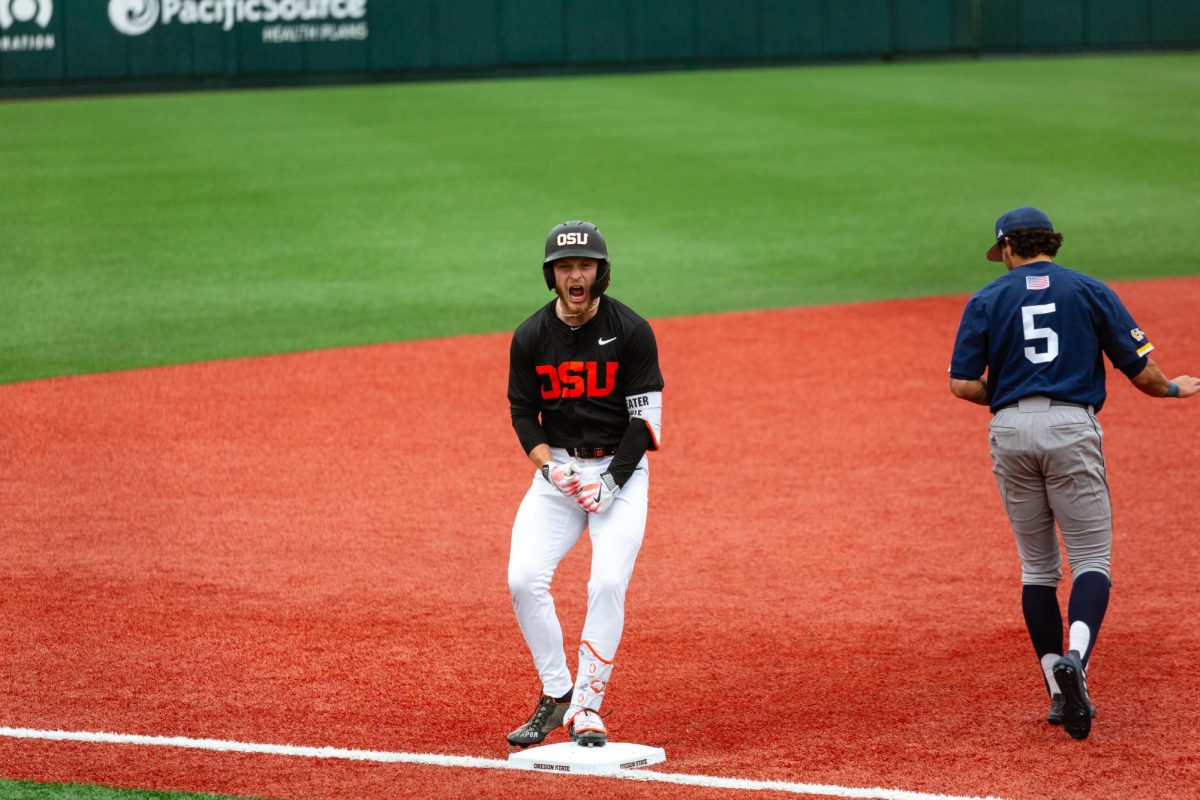



























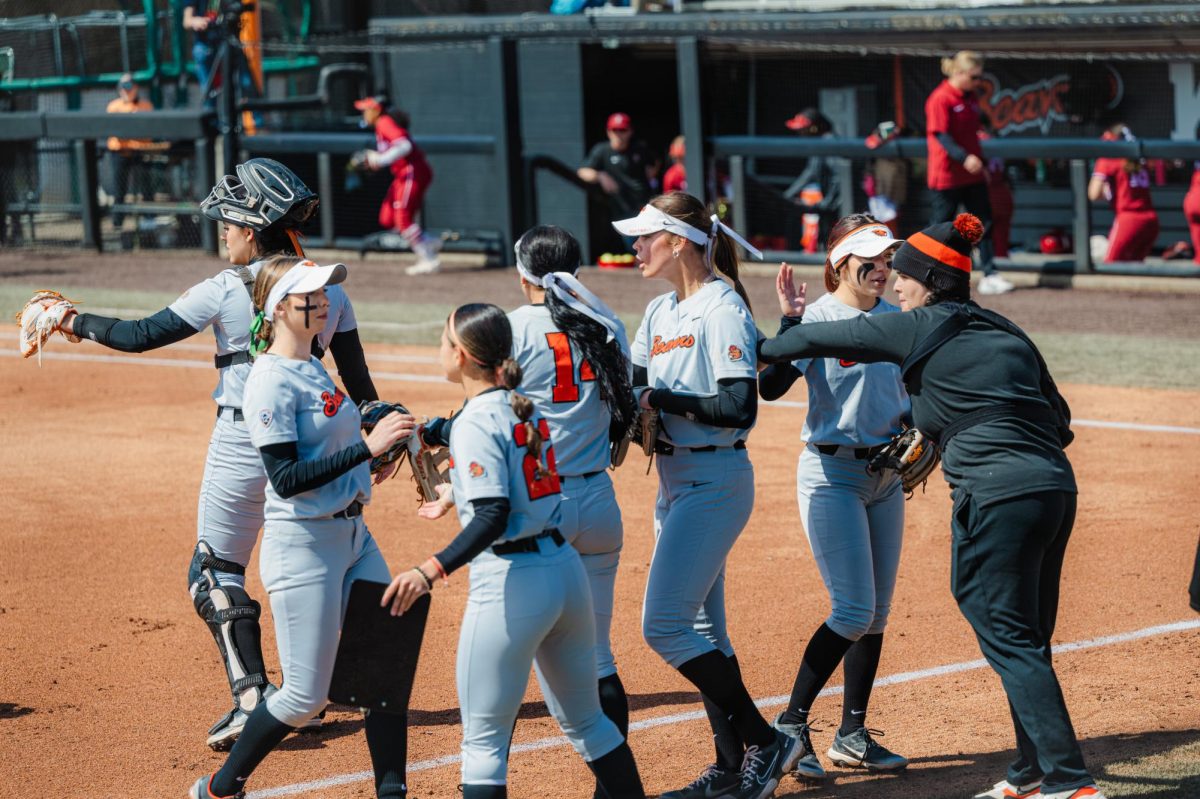
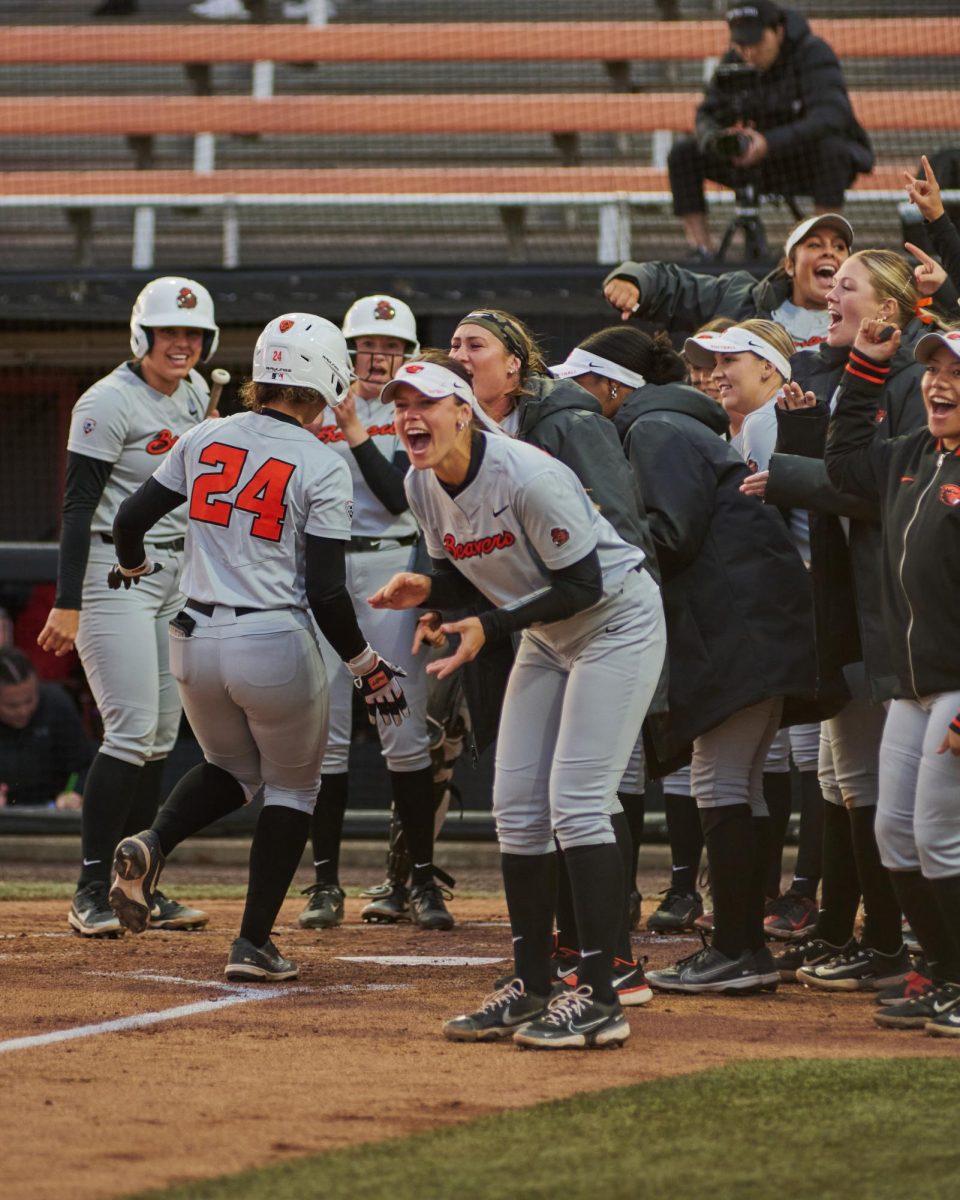





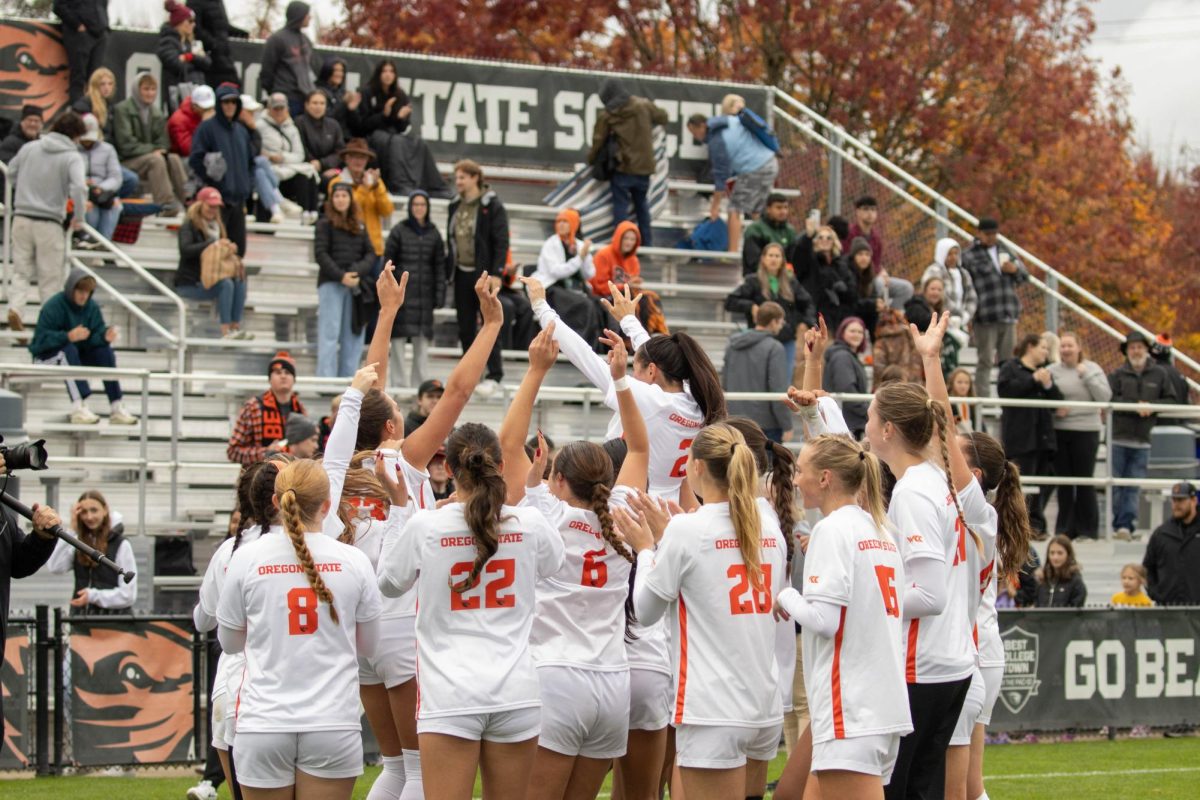









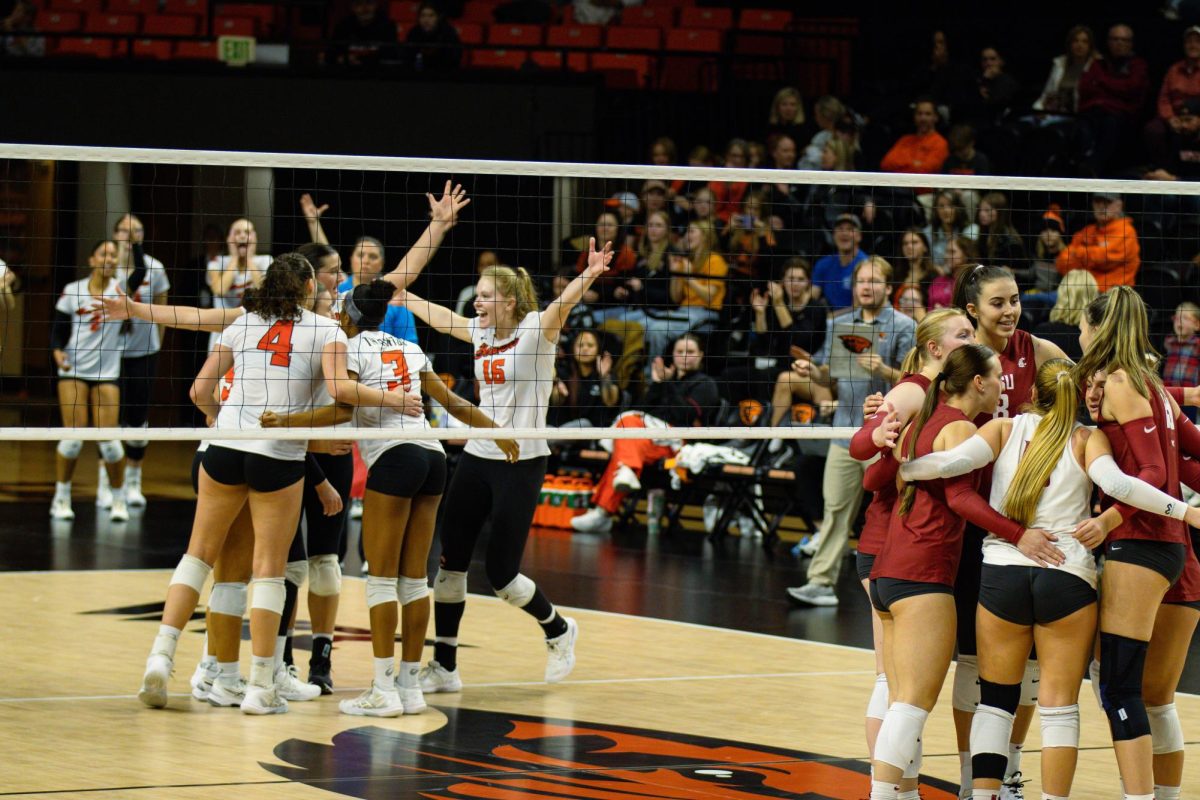
















![Newspaper clipping from February 25, 1970 in the Daily Barometer showing an article written by Bob Allen, past Barometer Editor. This article was written to spotlight both the student body’s lack of participation with student government at the time in conjunction with their class representatives response. [It’s important to note ASOSU was not structured identically to today’s standards, likely having a president on behalf of each class work together as one entity as opposed to one president representing all classes.]](https://dailybaro.orangemedianetwork.com/wp-content/uploads/2025/03/Screenshot-2025-03-12-1.00.42-PM-e1741811160853.png)

